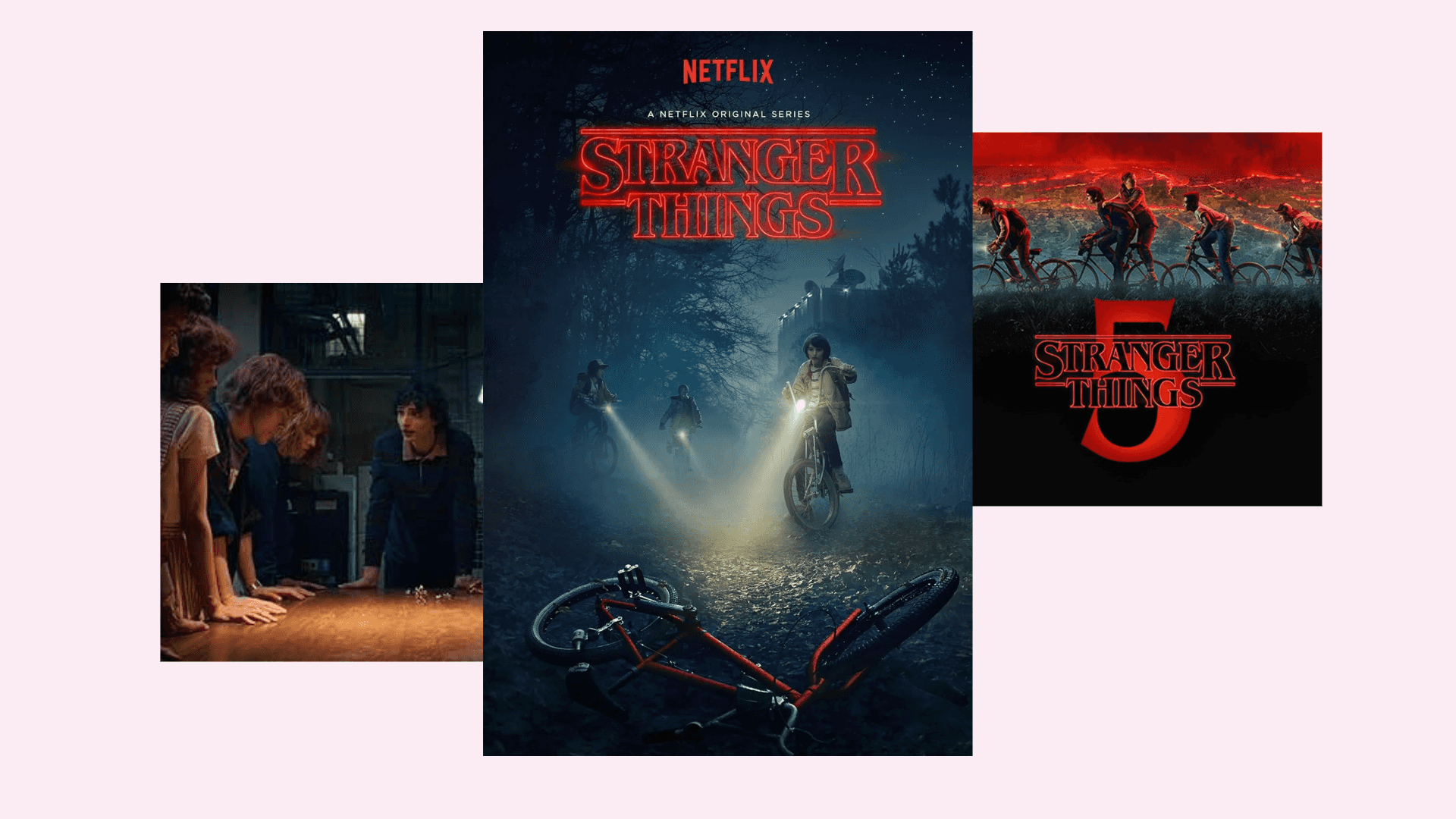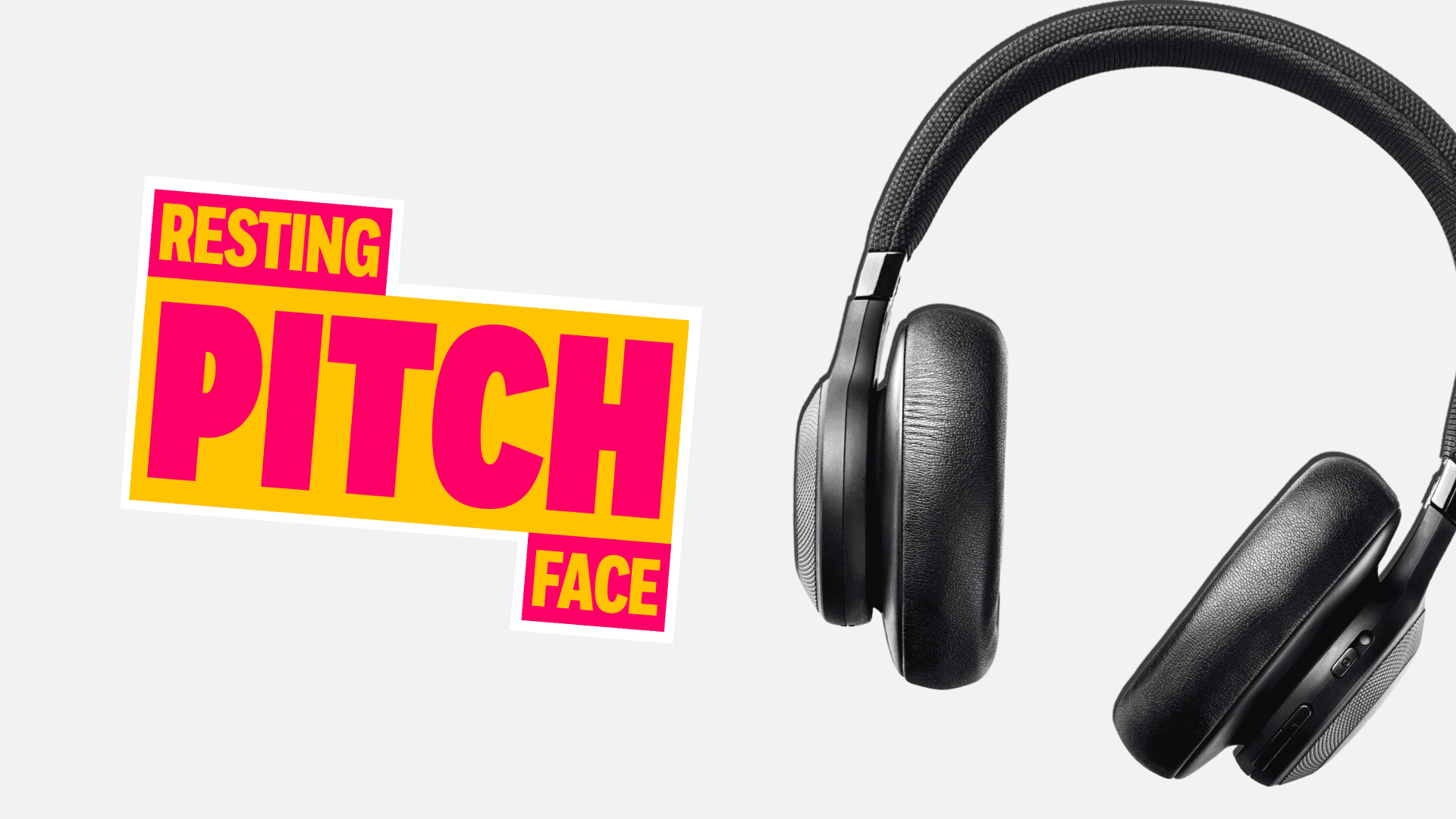
Technical SEO Checklist For Food & Drink Brands
Written by Reece
If you want to be the biggest, tastiest food brand dominating the SERPs, you need to make sure you’re ticking all of the right boxes. Reaching position one, two or even three doesn’t happen by chance and instead requires the same care and attention a Michelin star chef would give to his coq au vin.
To help you cook up the best chance of being the cherry on top, we’ve whipped up this SEO checklist which will help you identify key areas to focus your attention.
Here we go…
- Page Speed
- Schema
- H1 Optimisations
- Internal Linking
- Core Web Vitals
Page Speed
The rate at which your page loads is crucial to minimising bounce rate. In the age of instant noodles and 0.41 second Google results, web users really aren’t willing to wait around. If your web pages are taking longer than 3 seconds to load (that’s already pushing it!), don’t expect your table bookings to skyrocket.
To help lighten up your pages and get things moving a bit quicker, here’s a few changes you can make:
Optimise your images – Make sure all of your images have a proper title and clear description of what’s in the image. Give Google a helping hand!
Convert images to WebP – This provides both lossy and lossless compression, freeing up space without compromising on image quality.
Compress image sizes – Watch out for necessarily large image files! Those fancy professional photography images of your best dishes are a great place to look.
Lazy load below the fold images – If no one is around to see an image, is it really there? Lazy loading will stop all of your images from loading on parts of the page which aren’t being viewed.
These optimisations can usually be made in your hosting service e.g. Cloudflare.
Add Schema To Pages
Schema helps google understand what the page is about and improves the connection between listing and SERPs. Here’s a great example which can be added to the HTML of your webpage, giving Google a little more clarity.
<script type=”application/ld+json”>
{
“@context”: “https://schema.org”,
“@type”: “Restaurant”,
“address”: {
“@type”: “PostalAddress”,
“addressLocality”: “Sunnyvale”,
“addressRegion”: “CA”,
“postalCode”: “94086”,
“streetAddress”: “1901 Lemur Ave”
},
“aggregateRating”: {
“@type”: “AggregateRating”,
“ratingValue”: “4”,
“reviewCount”: “250”
},
“name”: “GreatFood”,
“openingHours”: [
“Mo-Sa 11:00-14:30”,
“Mo-Th 17:00-21:30”,
“Fr-Sa 17:00-22:00”
],
“priceRange”: “$$”,
“servesCuisine”: [
“Middle Eastern”,
“Mediterranean”
],
“telephone”: “(408) 714-1489”,
“url”: “http://www.greatfood.com”
}
</script
Here’s some more schema for restaurants.
Optimise H1 Tags
Think of your title tags as a menu for Google, the information on the page needs to be laid out in a clear and logical order. They also need to include keywords which are most relevant to your service, which tells not only the customer but also Google, what the section they’re about to read is going to be about.
Here’s some examples…
Bad example
e.g. https://www.latabernaleeds.com/
<H1> ¡ Bienvenidos !
<H2> Traditional Spanish tapas at the heart of Leeds City Centre
<H2> Book a table
<H4> SMALL VENUE NO LARGE TABLES or TABLES TOGETHER 4 people Max per Table
Good example
<H1> The Stables Bar and Restaurant
…
<H2> Our Menus
<H4> Spring Menu
<H4> Example Sunday Lunch Menu
…
<H2> What Our Customers are Saying
<H4> “Fantastic Food and Service“
<H4> “Super friendly and welcoming“
…
<H3> Opening Times
<H3> Get in Touch
Internal Linking
Internal linking is crucial as it ties all of the different areas of a site together, making pages easier to find and improving the overall user journey. It also helps Google’s journey, as it crawls each page; internal links help the big G bot understand what the site is about.
Without overstuffing your pages with internal links, having plenty scattered around with good anchor text (text which directly relates to the topic of the page you’re linking) can greatly improve the authority of your page in the eyes of Google too.
Flaunt’s top tip for internal linking
Make sure a page is never further than 3 clicks from the homepage.
Core Web Vitals
Checking your core web vitals will give you an overview of the user’s experience, detailing both positive and negative aspects. You’ll also be able to see whether there are any quirks in the way your site is set up that may negatively impact a user’s journey.
We’d recommend using page insights to see what can be improved.
There’s Plenty More Where That Came From…
This is really only scraping the surface of SEO work you can do on your site and we’d love to shower you with more top tips but we reckon that’s enough to sink your teeth into for now. On the topic of the food and drink industry, we recently released an in-depth report on the world of scran, looking into its current state, what came before and what will come next.
Check it out and if you’re keen to speak to our team to find out how to crack on with some of these key SEO tasks, just give us a bell.






